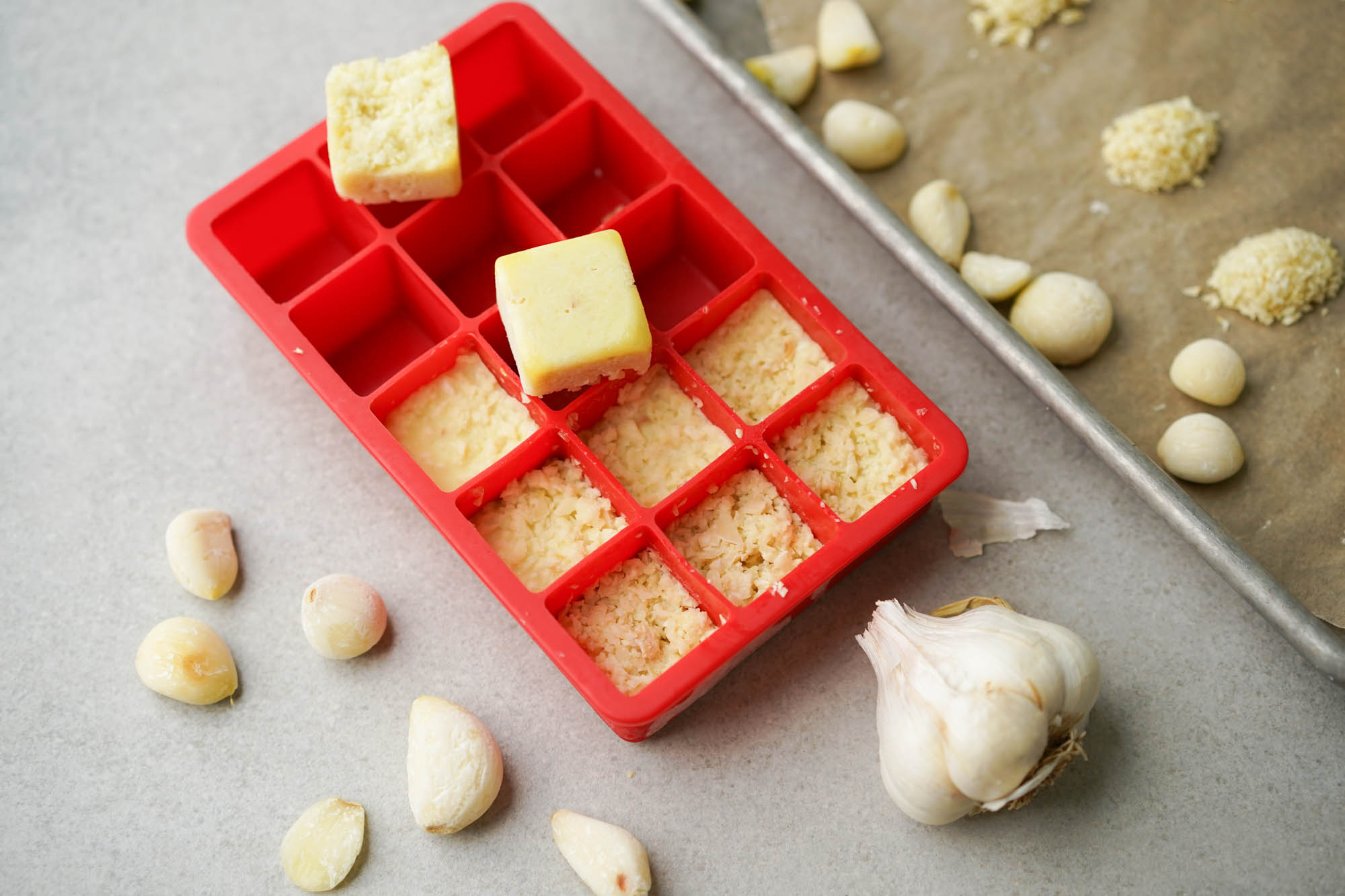

Articles
How To Store Garlic In Freezer
Modified: August 25, 2024
Learn how to store garlic in the freezer to keep it fresh and flavorful for longer. Our informative articles provide step-by-step instructions and expert tips.
(Many of the links in this article redirect to a specific reviewed product. Your purchase of these products through affiliate links helps to generate commission for Storables.com, at no extra cost. Learn more)
Introduction
Garlic is a popular ingredient known for its strong flavor and numerous health benefits. It is a staple in many cuisines around the world and can be used in various dishes to enhance their taste. However, if you find yourself with an excess of garlic that you won’t be able to use before it spoils, freezing it can be a great way to extend its shelf life and have it readily available for future use.
In this article, we will discuss the benefits of storing garlic in the freezer and provide you with different methods to prepare and freeze garlic in order to preserve its flavor and aroma. We will also share some valuable tips on how to properly thaw and use frozen garlic to ensure the best results.
So, if you’re wondering how to store garlic in the freezer and make the most out of this versatile ingredient, keep reading!
Key Takeaways:
- Freeze garlic to extend its shelf life, preserve its flavor, and have it readily available. Whether whole cloves, chopped, minced, or as paste, freezing garlic offers convenience and maintains its nutritional value.
- Thaw frozen garlic in the refrigerator, at room temperature, or directly in cooking. Use it in sauces, sautés, soups, roasted dishes, spreads, and even baked goods for a burst of intense garlic flavor.
Read more: How To Store Peeled Garlic In Freezer
Benefits of Storing Garlic
Freezing garlic is a practical solution to prevent it from spoiling and ensure that you always have fresh garlic on hand whenever you need it. Here are some of the benefits of storing garlic in the freezer:
- Extended Shelf Life: One of the main advantages of freezing garlic is that it significantly extends its shelf life. While fresh garlic typically lasts for a few weeks before it starts to sprout or rot, frozen garlic can remain good for up to a year. This means you can stock up on garlic when it’s in season or available at a lower price and use it throughout the year without worrying about it spoiling.
- Convenience: Freezing garlic allows you to have it readily available whenever you need it. Instead of running to the grocery store every time you run out of fresh garlic, you can simply reach into your freezer and grab a few cloves or the amount you need for your recipe. It saves you time and ensures that you never have to compromise on the flavor and taste of your dishes.
- Preserved Flavor and Aroma: When properly frozen, garlic retains its flavor and aroma remarkably well. This means that you can enjoy the intense taste and pungent aroma of garlic even after it has been frozen. Whether you’re using it in soups, sauces, or marinades, frozen garlic can still deliver the distinctive garlic flavor that adds depth and richness to your culinary creations.
- Nutritional Value: Garlic is known for its various health benefits, including its immune-boosting properties and potential antioxidant effects. Freezing garlic generally does not significantly affect its nutritional value. While there might be a slight decrease in potency, frozen garlic still retains most of its beneficial compounds.
- Preserving Garlic Varieties: If you have access to specialty or heirloom garlic varieties that are only available during certain seasons, freezing allows you to enjoy them year-round. By freezing these unique garlic strains, you can savor their distinct flavors and experiment with different varieties in your cooking.
Overall, freezing garlic offers numerous advantages, making it a practical and convenient way to store this flavorful ingredient while maintaining its quality and taste.
Preparing Garlic for Freezing
Before you can freeze garlic, it’s important to properly prepare it to ensure the best results. Here are the steps to follow:
1. Select Fresh Garlic:
Choose fresh garlic bulbs that are firm and have tight, unbroken skin. Avoid garlic that has started to sprout or has any signs of mold or deterioration.
2. Peel the Garlic:
To prepare the garlic for freezing, start by peeling the cloves. You can do this by gently crushing each clove with the side of a knife or using a garlic peeler to remove the skin. Discard any cloves that appear damaged or bruised.
Read more: How To Store Unpeeled Garlic
3. Slice or Chop (Optional):
Depending on your preferred method of freezing, you have the option to leave the cloves whole or slice, chop, or mince them. Slicing or chopping the garlic can make it easier to portion and use in recipes later on.
4. Pre-Freeze (Optional):
If you’re planning to freeze whole cloves, minced garlic, or garlic paste, it’s recommended to pre-freeze the garlic on a baking sheet or tray. Place the prepared cloves or garlic in a single layer and pop the tray into the freezer for about an hour. This prevents the garlic pieces from sticking together when stored in a container or freezer bag.
Now that you have prepared the garlic, it’s time to choose the freezing method that suits your needs. Let’s explore a few different methods for freezing garlic.
Method 1: Whole Cloves
Freezing whole garlic cloves is the simplest method and allows you to have individual cloves ready to use whenever necessary. Follow these steps:
1. Pre-Freeze (Optional):
If you want to prevent the cloves from sticking together, you can pre-freeze them on a baking sheet or tray as mentioned in the previous section. This step is optional but can be helpful if you plan to use them individually.
Read more: How To Store Black Garlic
2. Transfer to Freezer Bags:
Once the garlic cloves have been pre-frozen (if desired), transfer them into freezer-safe bags or containers. Remove as much air as possible from the bags to prevent freezer burn. You can use small bags or portion the cloves into specific quantities to make it easier to grab what you need for a recipe.
3. Label and Seal:
Label the freezer bags or containers with the date and contents. This will help you keep track of when you froze the garlic and make it easier to identify in the future. Seal the bags securely to prevent any freezer odors from seeping in.
4. Freeze:
Place the sealed bags or containers in the freezer, making sure they are laying flat to save space and allow for even freezing. Leave them undisturbed until frozen solid.
Whole cloves can be used directly from the freezer, and there is no need to thaw them before use. When a recipe calls for garlic, simply take out the desired number of cloves, reseal the bag, and return the rest to the freezer.
By freezing whole garlic cloves, you can enjoy the convenience of having individual cloves readily available without the hassle of peeling and preparing garlic every time you cook.
Method 2: Chopped Garlic
Chopping garlic before freezing allows you to have minced garlic ready to use whenever you need it. Follow these steps to freeze chopped garlic:
Read more: How To Store Hardneck Garlic
1. Chop the Garlic:
Finely chop the peeled garlic cloves. You can use a sharp knife, a garlic press, or a food processor to achieve the desired consistency. Make sure to remove any green sprouts that may have developed in the cloves, as they can impart a bitter taste.
2. Portion and Pre-Freeze (Optional):
If you prefer to have individual portions of chopped garlic, you can divide the minced garlic into ice cube trays. Each compartment of the tray can hold approximately one or two tablespoons of chopped garlic. Pre-freezing the garlic in ice cube trays makes it easier to portion out the right amount for your recipes.
3. Transfer to Freezer Bags:
Once the chopped garlic is ready, transfer it into freezer-safe bags or containers. If you opted for the ice cube tray method, remove the frozen garlic cubes and transfer them to the bags. Squeeze out as much air as possible and seal the bags tightly.
4. Label and Freeze:
Label each bag with the date and contents, and place them in the freezer. Lay the bags flat to maximize space and facilitate even freezing. Allow the chopped garlic to freeze completely.
To use the frozen chopped garlic, simply take out the desired amount from the freezer and add it directly to your dishes. You can use it in soups, sauces, marinades, or any other recipe that calls for minced garlic. There’s no need to thaw the garlic since it will quickly defrost while cooking.
By freezing chopped garlic, you can save time and effort when cooking by having pre-prepared minced garlic on hand.
Read more: How To Store Garlic Oil
Method 3: Minced Garlic
If you prefer to have garlic in the form of a fine mince, freezing minced garlic is a convenient option. Here’s how to freeze minced garlic:
1. Mince the Garlic:
Peel the garlic cloves and finely mince them. You can use a knife, a garlic press, or a food processor to achieve a fine garlic mince.
2. Portion and Pre-Freeze (Optional):
If you’d like to have individual portions of minced garlic, consider dividing it into smaller quantities before freezing. Use an ice cube tray or small silicone molds to portion out the minced garlic. Each compartment should hold approximately one teaspoon or tablespoon of minced garlic.
3. Transfer to Freezer Bags:
Transfer the minced garlic into freezer-safe bags or containers. If you used an ice cube tray for portioning, remove the frozen minced garlic cubes and place them in the bags. Remove any excess air from the bags and seal them tightly.
4. Label and Freeze:
Label the bags with the date and contents, and place them in the freezer. Lay the bags flat to save space and ensure even freezing. Allow the minced garlic to freeze completely.
To use the frozen minced garlic, simply take out the desired amount from the freezer and add it directly to your recipes. Since the garlic is already minced, it will quickly defrost and incorporate into your dishes during cooking. There’s no need to thaw it beforehand.
Freezing minced garlic allows you to have the convenience of ready-to-use minced garlic at your fingertips, saving you time and effort in the kitchen. It’s a great way to ensure you always have minced garlic available whenever you need it.
Method 4: Garlic Paste
Freezing garlic paste is an excellent way to have a concentrated and flavorful garlic base ready for your dishes. Here’s how to freeze garlic paste:
1. Make the Garlic Paste:
Start by peeling and mincing a large quantity of fresh garlic cloves. You can use a knife or a garlic press to finely mince the garlic. Then, transfer the minced garlic to a mortar and pestle or a food processor.
2. Add Oil (Optional):
If desired, you can add a small amount of oil to the minced garlic to create a smoother paste. This step is optional but can help preserve the texture of the paste during freezing.
Read more: How To Store Wild Garlic
3. Process the Garlic:
Using a mortar and pestle or a food processor, process the minced garlic until it forms a smooth paste. You want the garlic to be thoroughly blended to ensure even flavors in each spoonful of the paste.
4. Portion and Freeze:
Divide the garlic paste into small portions. You can use ice cube trays, small silicone molds, or even a small tablespoon to portion out the paste. Place the portions onto a baking sheet lined with parchment paper and transfer them to the freezer to harden.
5. Transfer to Freezer Bags:
Once the garlic paste portions have hardened, transfer them into freezer-safe bags or containers. Remove any excess air from the bags and seal them tightly.
6. Label and Freeze:
Label the bags with the date and contents, and place them in the freezer. The paste will freeze and remain in a scoopable consistency, making it easy to remove the desired amount for your recipes.
To use the frozen garlic paste, simply take out the desired portion from the freezer and add it directly to your dishes. As it thaws, the garlic paste will incorporate into your recipes, giving them a rich and intense garlic flavor.
Freezing garlic paste provides a convenient way to have a concentrated garlic base readily available. It allows you to add a burst of garlic flavor to your dishes without the hassle of mincing garlic each time you cook.
Read more: How To Store Roast Garlic
Tips for Freezing Garlic
When it comes to freezing garlic, there are a few tips and tricks that can help you achieve the best results. Here are some tips to keep in mind:
- Choose Fresh Garlic: Use fresh garlic bulbs that are firm and have tight, unbroken skin. Avoid using garlic that has sprouted or has any signs of deterioration.
- Properly Peel the Garlic: Ensure that each garlic clove is thoroughly peeled, removing the outer skin to avoid any unwanted texture or bitterness in your frozen garlic.
- Pre-Freeze for Easy Portioning: Pre-freezing the garlic cloves or minced garlic on a baking sheet or tray for about an hour will prevent them from sticking together when stored in bags or containers.
- Use Freezer-Safe Bags or Containers: Store the prepared garlic in freezer-safe bags or containers to prevent freezer burn and maintain the quality of the garlic.
- Label and Date: Always label the bags or containers with the date and contents. This will help you keep track of when the garlic was frozen and make it easier to identify in the future.
- Avoid Air Exposure: Remove as much air as possible from the bags or containers to minimize freezer burn and maintain the flavor and quality of the garlic.
- Freeze in Small Portions: Portion the garlic into small quantities that you typically use in recipes. This makes it easier to thaw and use without wasting any excess garlic.
- Organize in the Freezer: Arrange the frozen garlic bags or containers in an organized manner in the freezer. This will help you locate them easily and maximize the storage space.
- Keep Track of Freezing Time: While frozen garlic can last for up to a year, it’s recommended to use it within 6 to 8 months for optimal flavor and quality.
Following these tips will help you ensure that your frozen garlic retains its flavor, aroma, and quality, allowing you to enjoy the convenience of having garlic readily available whenever you need it.
Thawing and Using Frozen Garlic
Thawing and using frozen garlic is simple and convenient. Here are some guidelines on how to thaw and use your frozen garlic:
Thawing Methods:
- In the Refrigerator: The easiest and safest way to thaw frozen garlic is to transfer the desired amount from the freezer to the refrigerator. Allow it to thaw slowly overnight or for a few hours until it becomes soft and pliable.
- In Room Temperature: If you need to quickly thaw a small amount of frozen garlic, you can take it out of the freezer and leave it at room temperature for about 15-30 minutes. This method is best suited for thawing small quantities.
- Directly in Cooking: If you’re using the frozen garlic in a cooked dish, you can add it directly to the dish without thawing. The heat from cooking will quickly thaw the frozen garlic, releasing its flavors into the dish.
Using Thawed Garlic:
Once your frozen garlic has thawed, you can use it in various recipes just like fresh garlic. Here are some ideas:
- In sauces and dressings: Add thawed garlic to your favorite sauces, dressings, and marinades for a burst of flavor.
- In sautés and stir-fries: Use thawed garlic to add depth and aroma to your sautés and stir-fries. Simply cook it along with your other ingredients.
- In soups and stews: Enhance the flavors of your soups and stews by adding thawed garlic to the simmering broth.
- In roasted dishes: Toss thawed garlic with vegetables, meats, or seafood before roasting it in the oven for a delicious and aromatic meal.
- In spreads and dips: Incorporate thawed garlic into spreads like hummus or garlic butter, or use it in dips like tzatziki or aioli.
- In baked goods: If you’re feeling adventurous, you can even add thawed garlic to savory baked goods like bread, rolls, or savory pastries.
Remember, the texture of thawed garlic may be slightly softer and more moist compared to fresh garlic, but it will still add the same wonderful flavor to your dishes.
By following the proper thawing methods and creatively using thawed garlic, you can make the most of your frozen garlic and enjoy its taste and convenience in a variety of recipes.
Read more: How To Store Garlic In Fridge
Conclusion
Freezing garlic is a fantastic way to preserve its flavor, extend its shelf life, and have this versatile ingredient readily available whenever you need it. Whether you choose to freeze whole cloves, chopped garlic, minced garlic, or garlic paste, each method offers its own advantages and can be used in different recipes.
By properly preparing the garlic and following the recommended freezing techniques, you can maintain the flavor, aroma, and nutritional value of the garlic for an extended period. The frozen garlic can be easily thawed and incorporated into various dishes, allowing you to enjoy the intense taste and aroma of garlic all year round.
Remember to label and date your frozen garlic to keep track of its freezing time, and organize it in your freezer for easy access. Additionally, following the tips and tricks provided will help you achieve the best results when freezing garlic.
Whether you’re a seasoned home cook or a cooking enthusiast, having frozen garlic on hand can save you time and effort in the kitchen. From sauces and soups to stir-fries and roasted dishes, garlic adds depth and flavor to countless recipes.
So, the next time you come across an abundance of fresh garlic or want to take advantage of a sale, consider freezing it using the methods outlined in this article. You’ll be delighted to have the convenience, flavor, and versatility of frozen garlic at your fingertips.
Enjoy the convenience and gastronomic benefits of storing garlic in the freezer, and elevate your culinary creations with the intense and aromatic flavors of this remarkable ingredient!
Frequently Asked Questions about How To Store Garlic In Freezer
Was this page helpful?
At Storables.com, we guarantee accurate and reliable information. Our content, validated by Expert Board Contributors, is crafted following stringent Editorial Policies. We're committed to providing you with well-researched, expert-backed insights for all your informational needs.
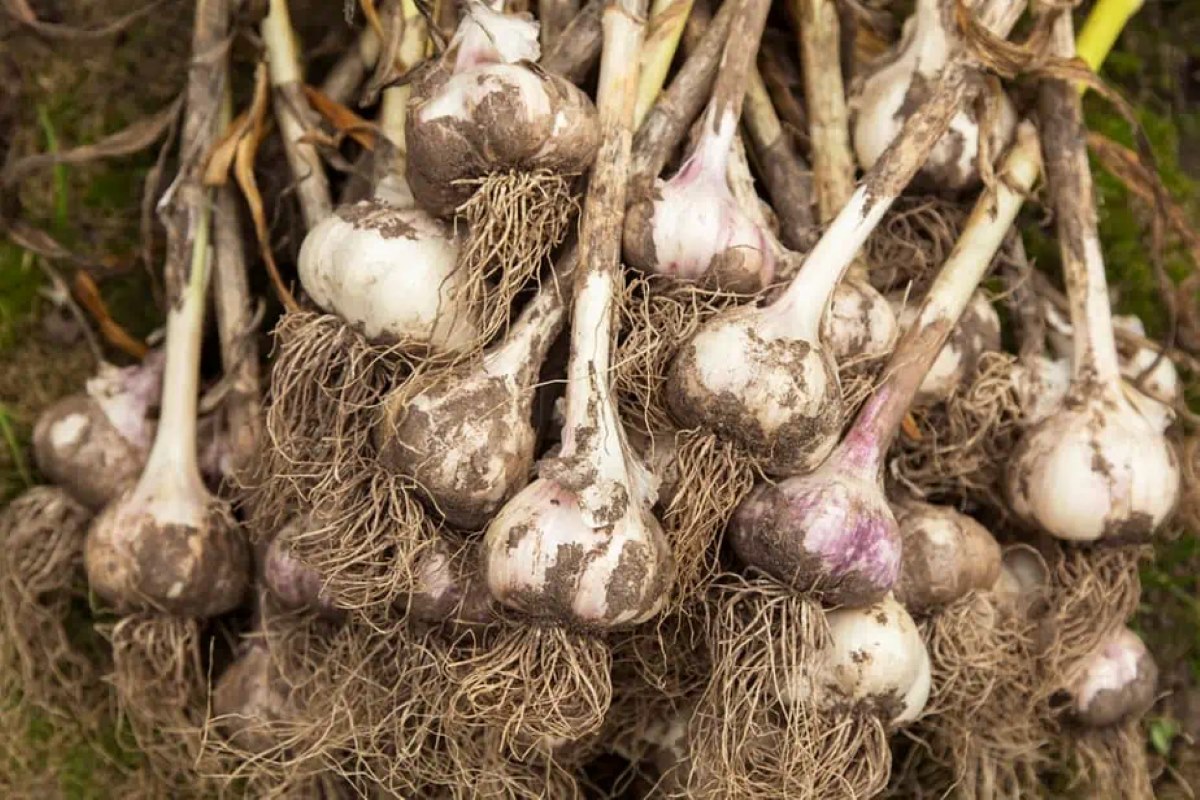
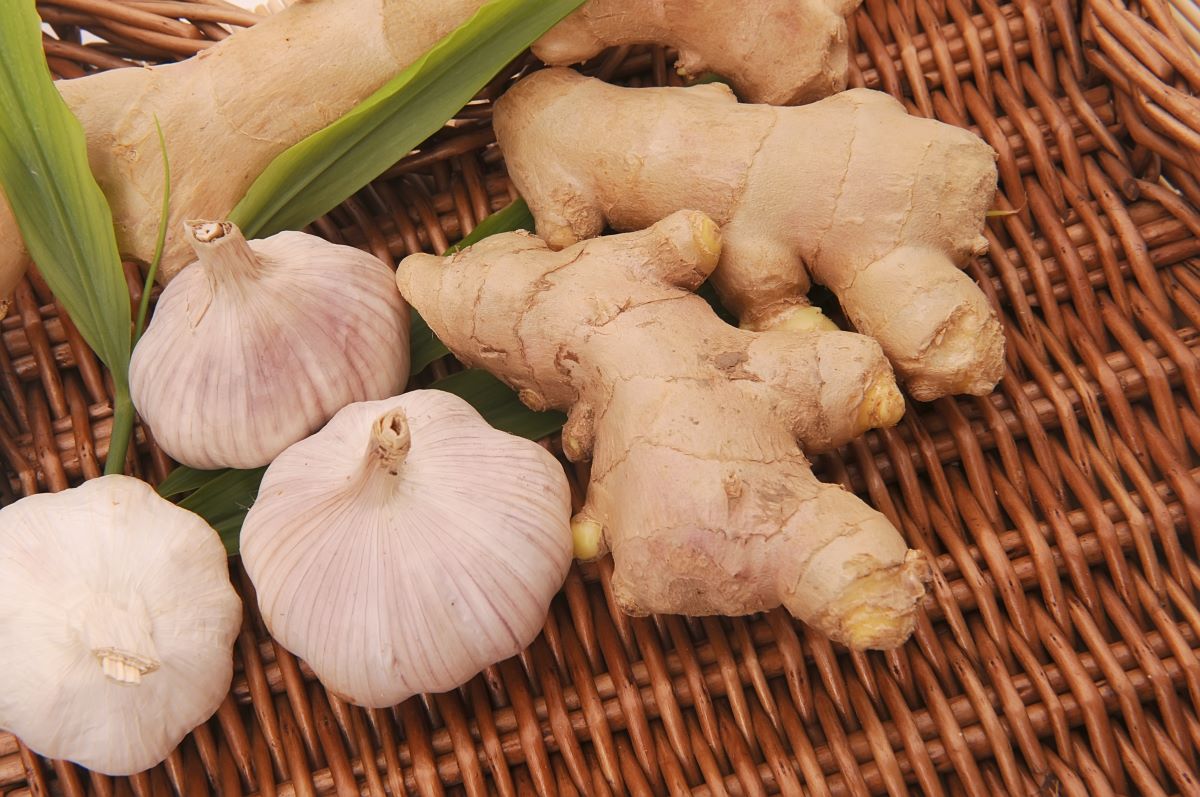
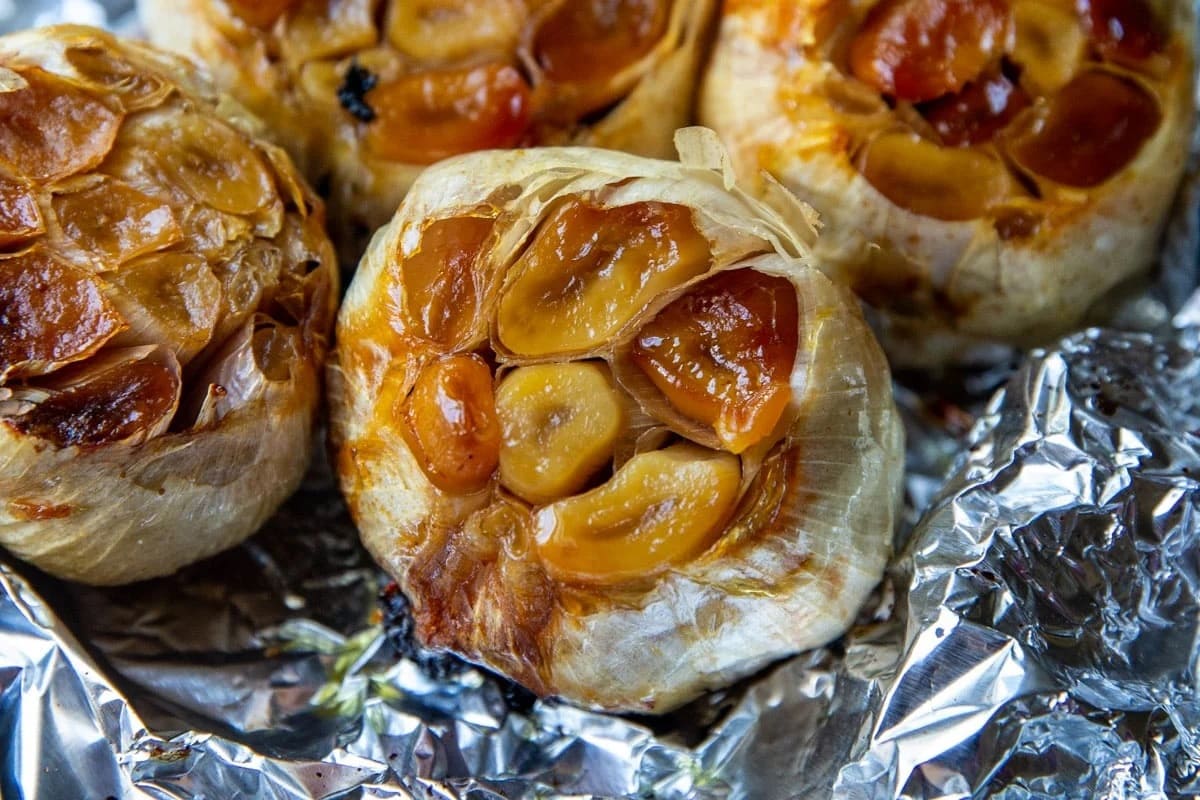
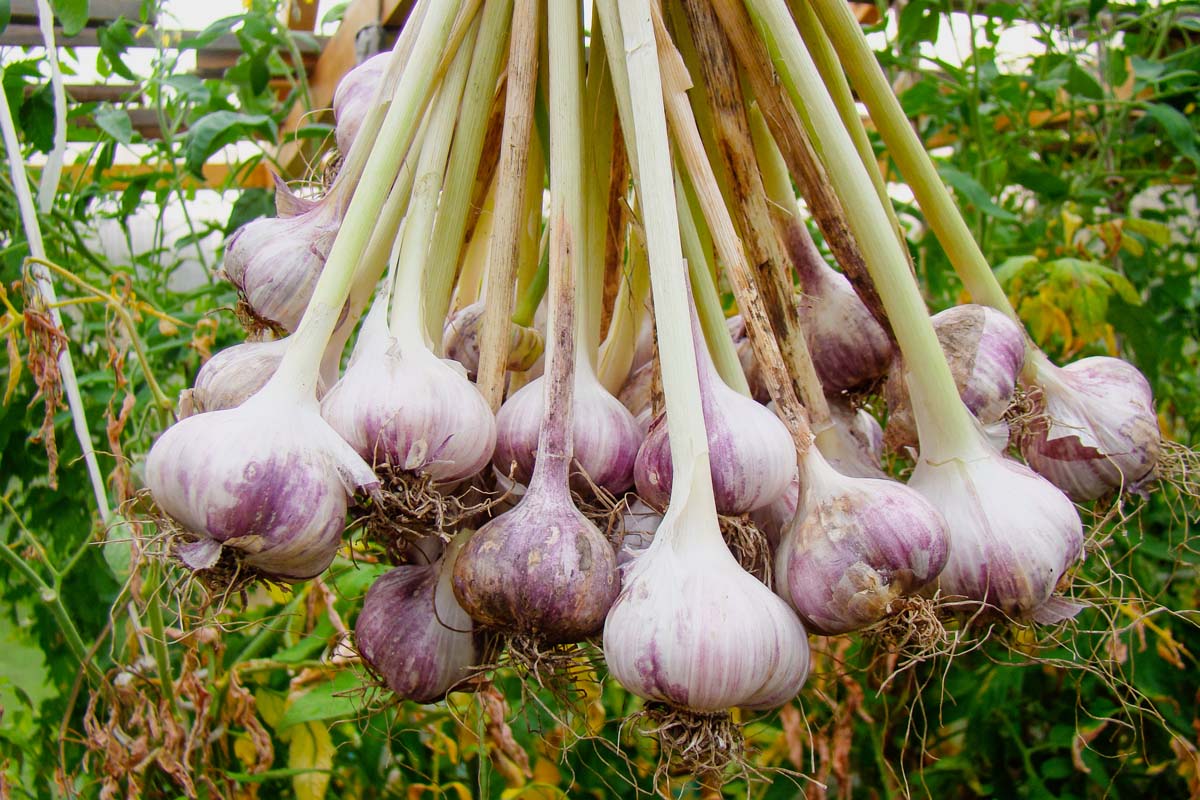
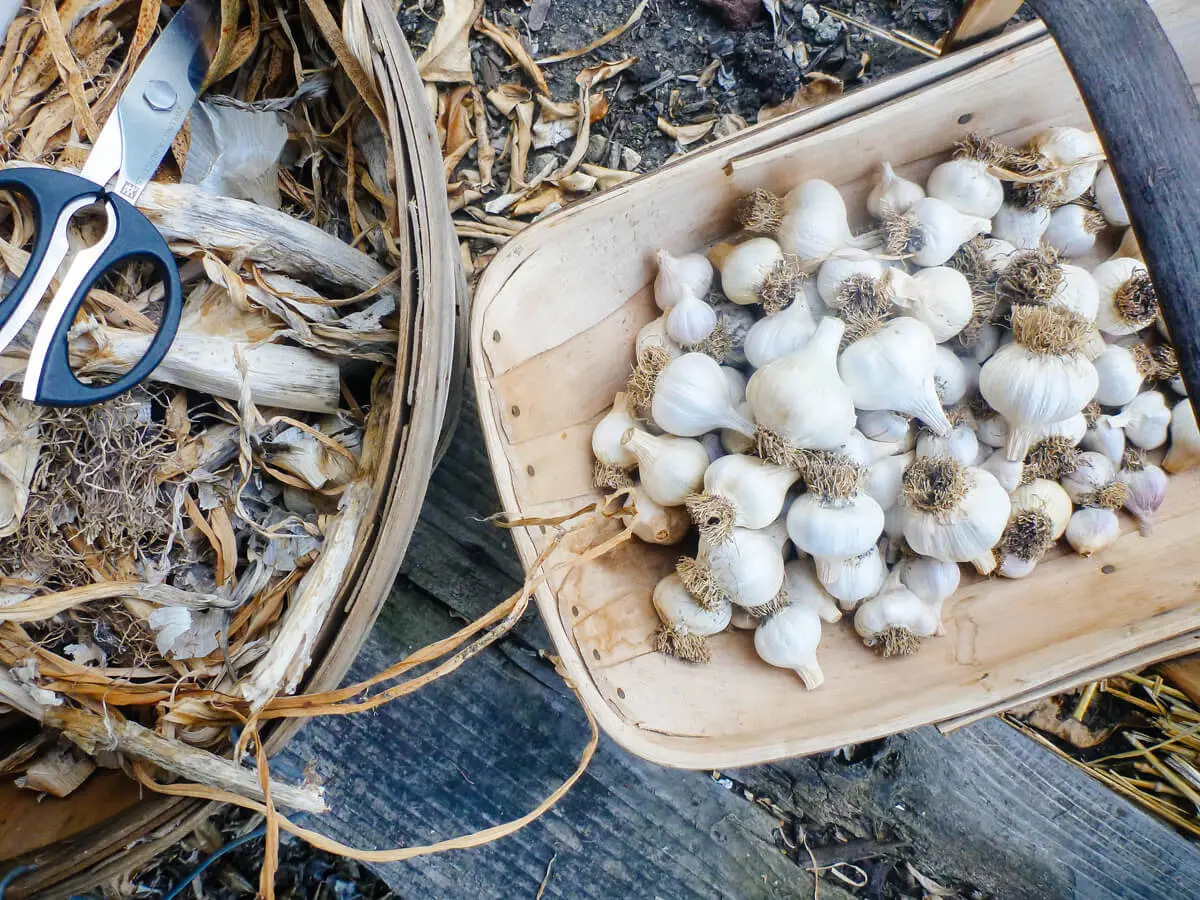
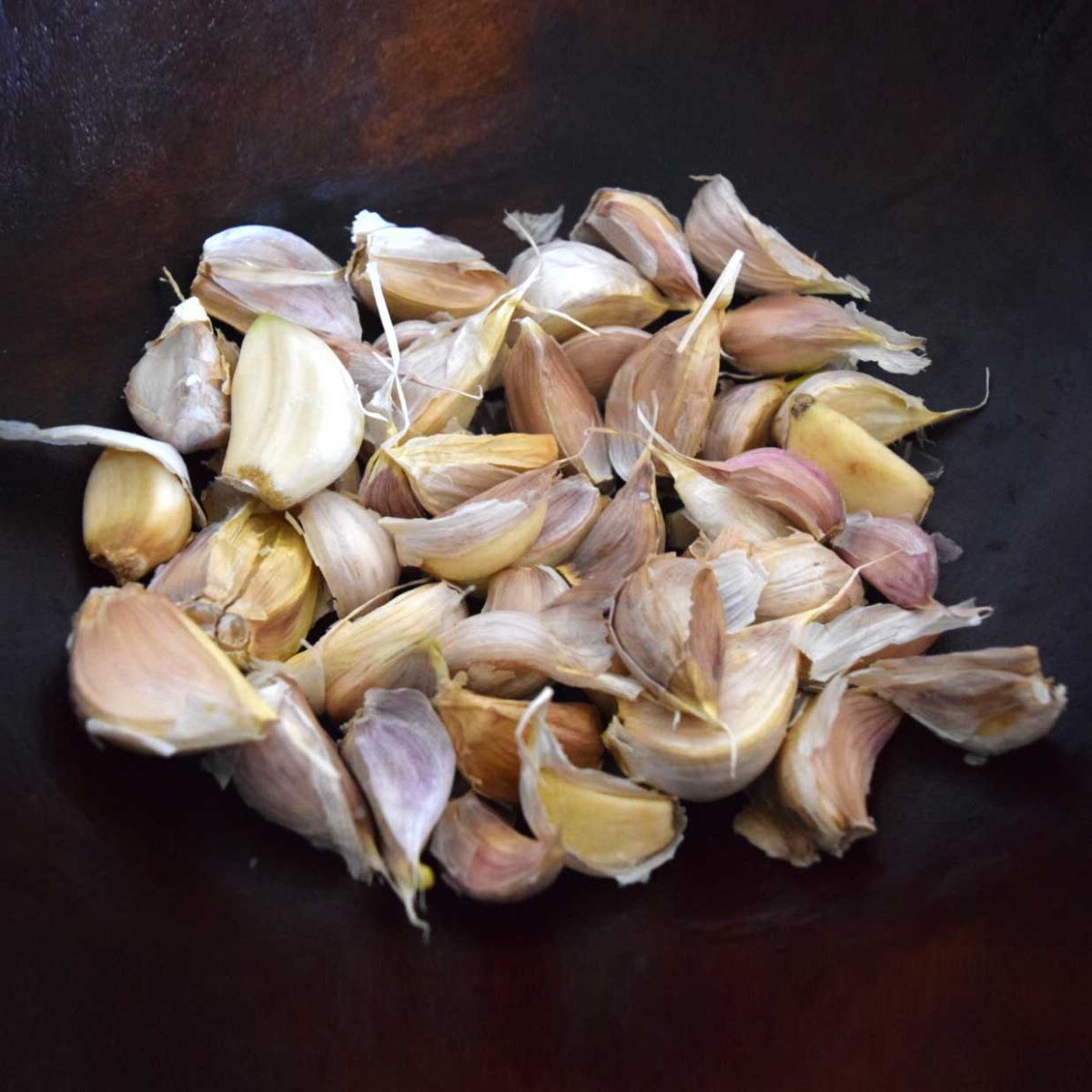
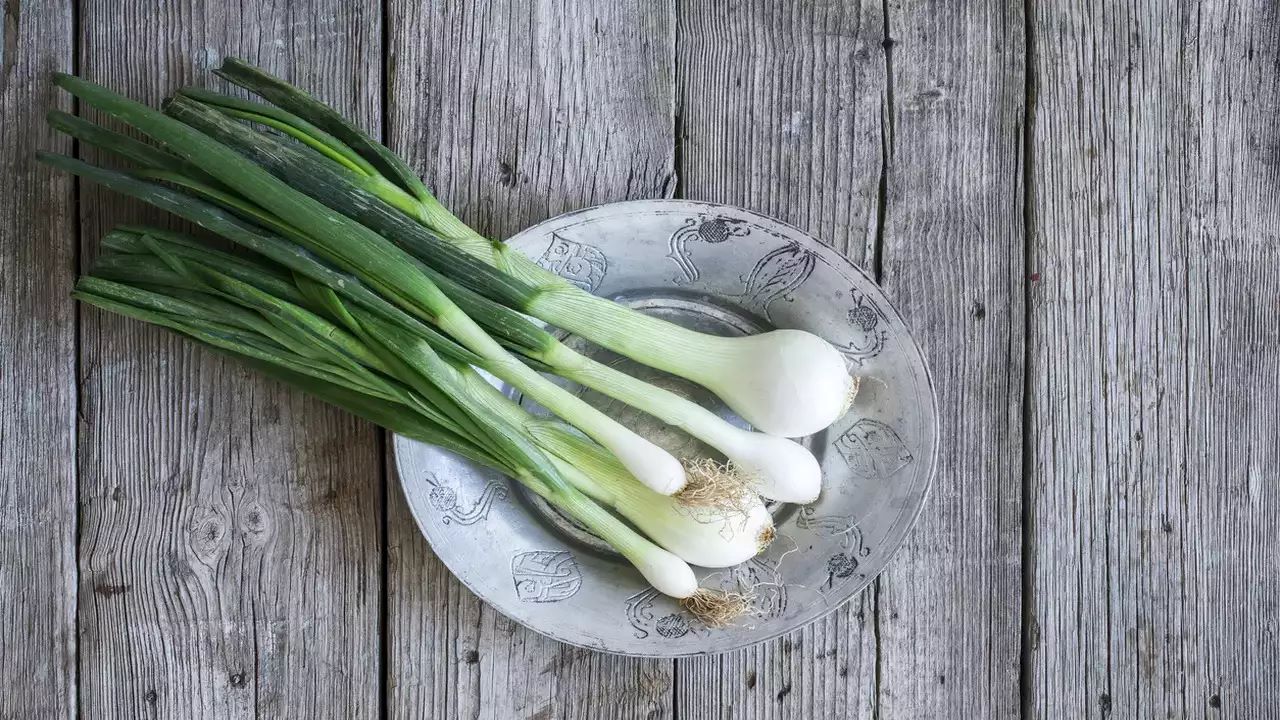

0 thoughts on “How To Store Garlic In Freezer”